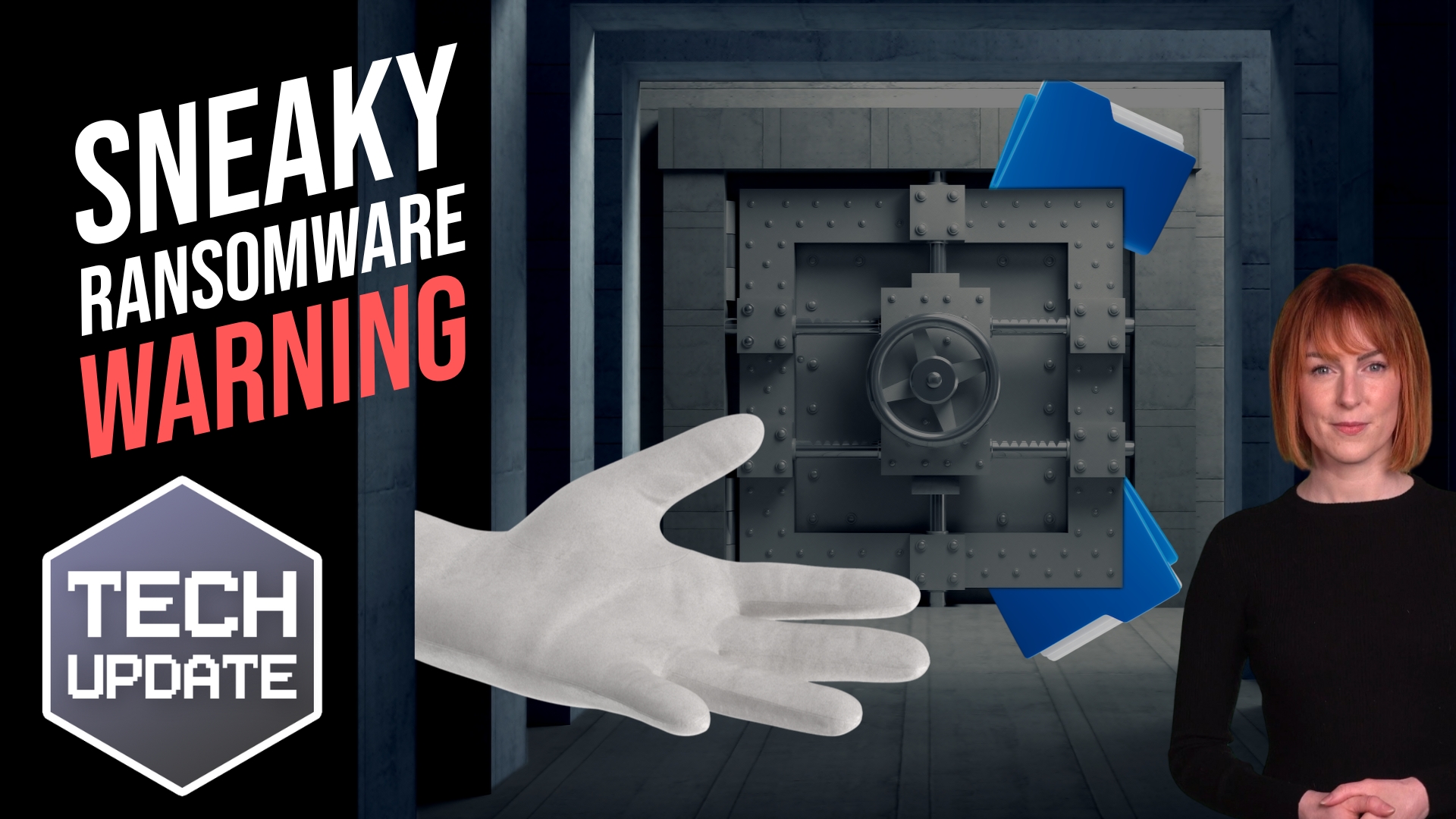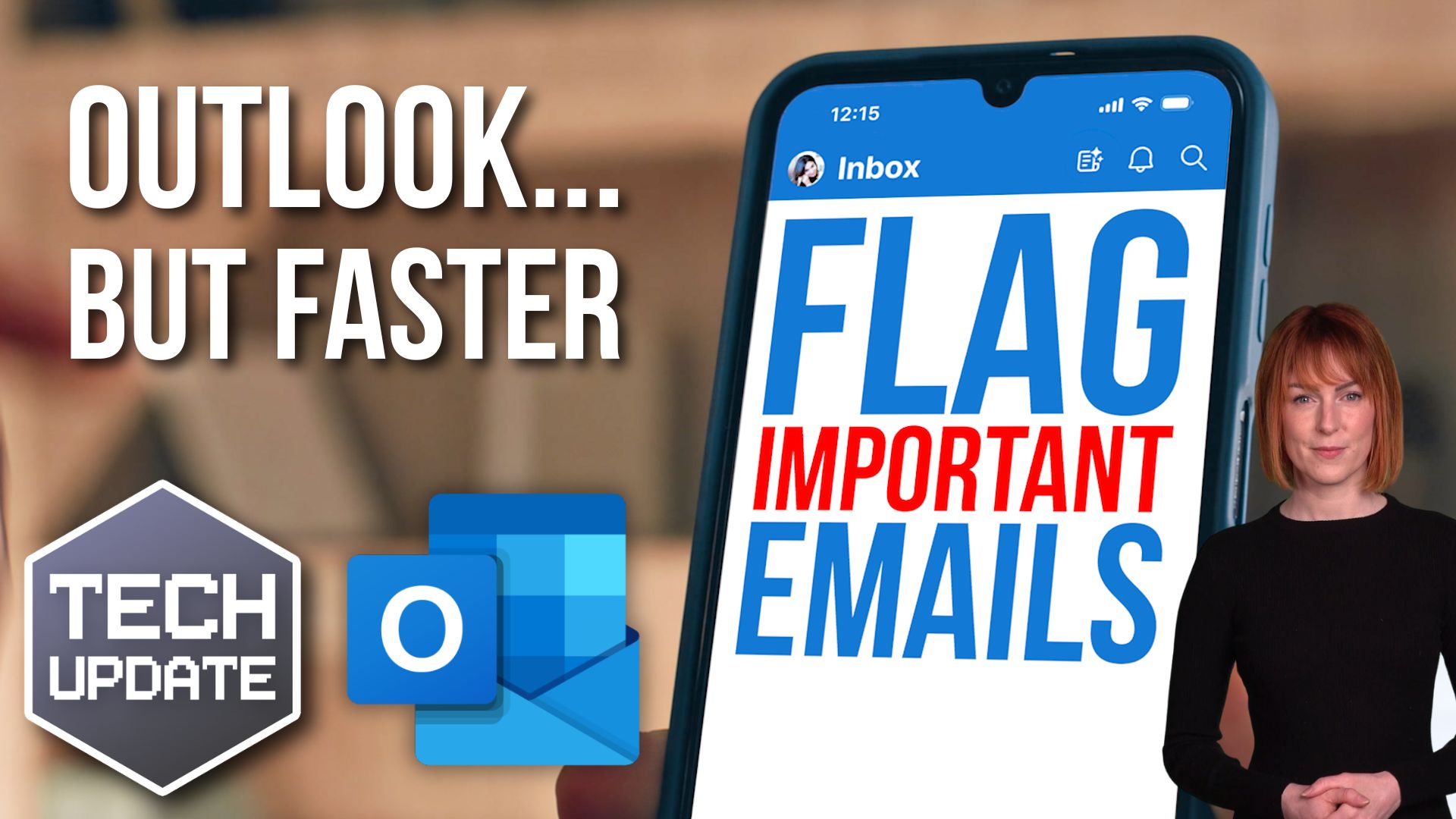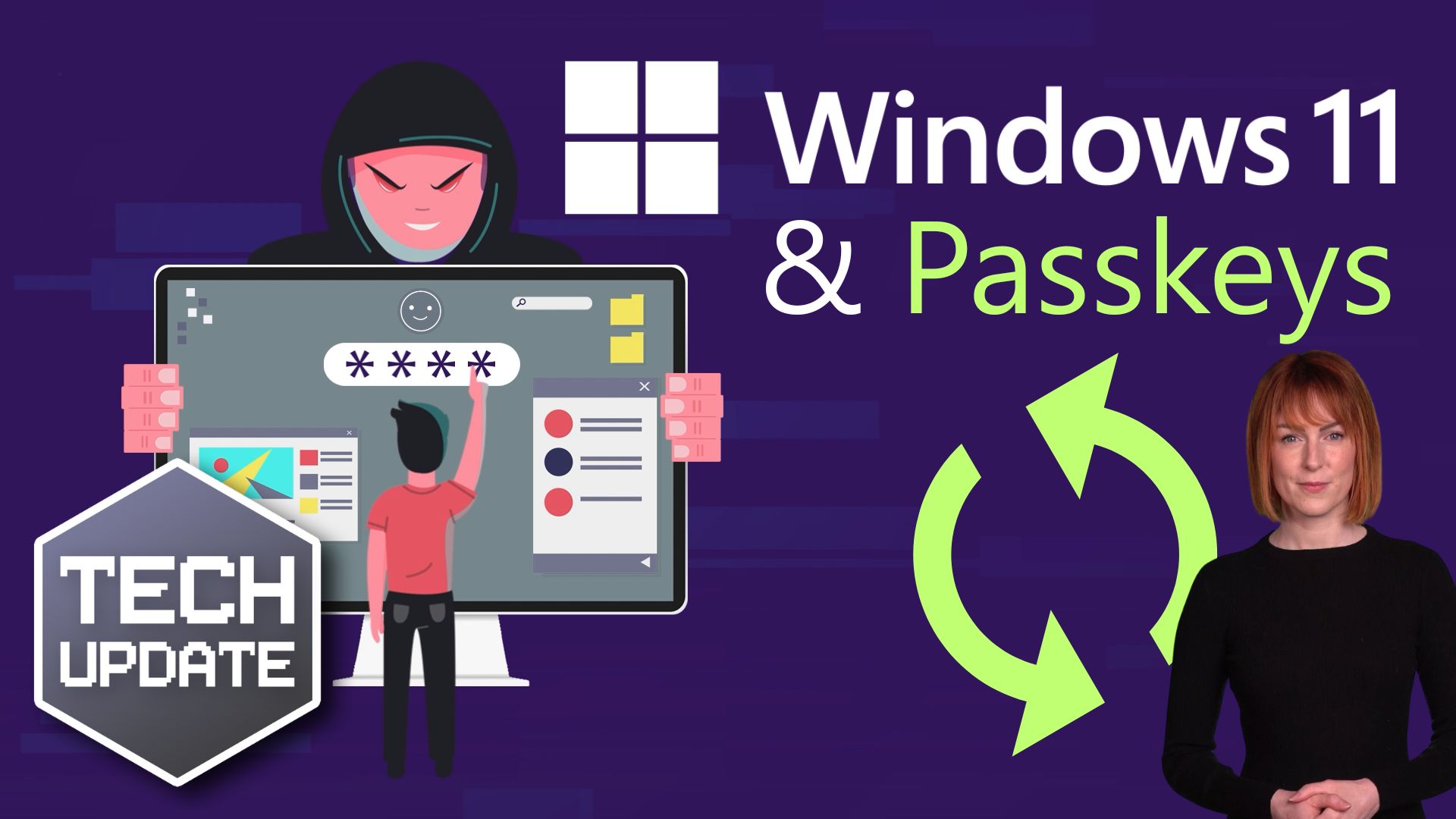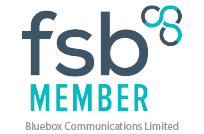When was the last time you found yourself typing something and thought, “There must be an easier way to do this”?
If you or your team ever use voice dictation to capture notes, write emails, or even draft reports, Windows 11 has some good news.
A new feature called Fluid Dictation is rolling out. It promises to make the whole process smoother, smarter, and importantly, less frustrating.
So what is Fluid Dictation?
At its core, it’s an upgrade to the existing voice dictation tool in Windows 11, powered by artificial intelligence (AI).
The big improvements are that it can now tidy up your words automatically. Think fewer “ums” and “likes” sneaking into the text. And fewer missing commas or awkward full stops.
The system will even polish up your grammar as you go, giving you a finished draft that looks a lot more professional right out of the gate.
And while it’s a nice convenience, it could have real benefits for businesses like yours.
Imagine staff being able to dictate meeting notes without spending ages editing them afterwards. Or field workers capturing job details on the go, hands-free, with the text coming out clean enough to send directly to a client.
Less manual fixing means more time saved. And that’s valuable for every business.
If you’re wondering about privacy, Microsoft has been clear. All of this happens on your device. Nothing is sent to the cloud, so your dictated content stays private. Plus, sensitive fields like password boxes have dictation turned off by default, which is reassuring.
There’s one important detail though. Fluid Dictation is only available on the latest Copilot+ PCs. These are Windows 11 machines designed to handle AI-powered features right on the device. So if you’re running a standard Windows 11 computer today, you won’t see it just yet.
Still, it’s a sign of what’s coming. Voice dictation that feels more natural, requires less clean-up, and helps people work faster is only going to become more common. And for small and medium sized businesses, it could be another one of those quiet upgrades that makes everyday tasks just a little easier.
Are you curious to find out how Copilot+ PCs, or other AI tools could work for your business? My team and I would be happy to have a chat. Get in touch.
















